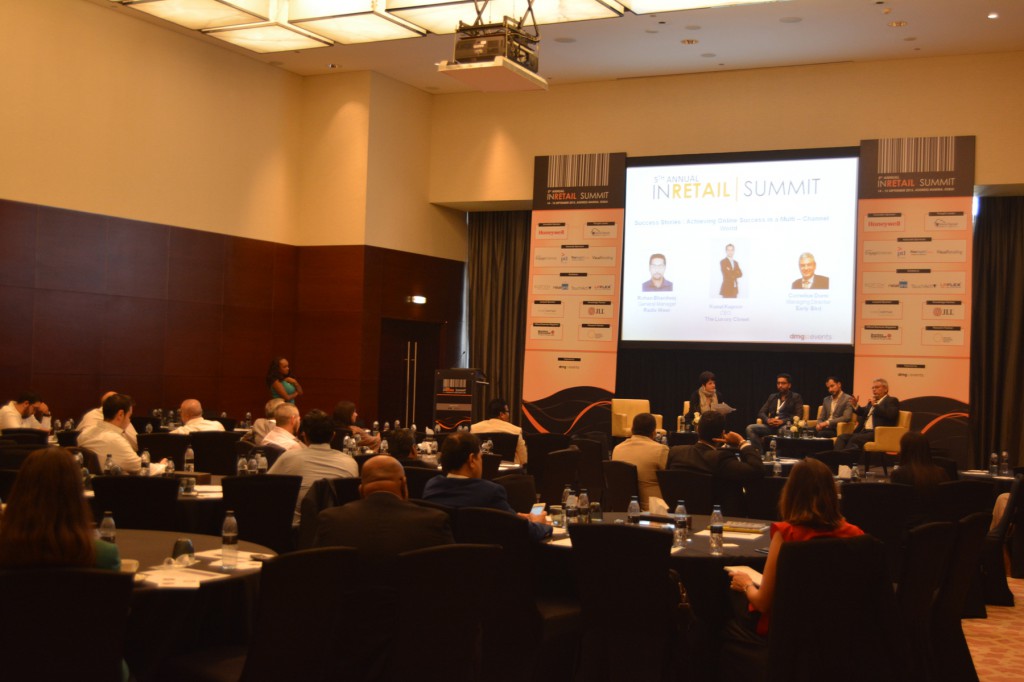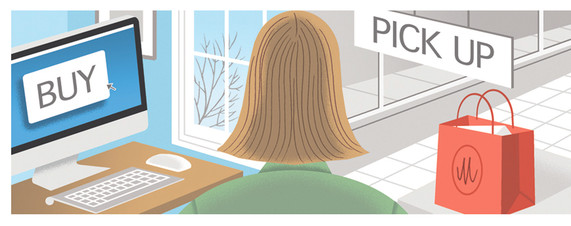Although business analytics helps retailers create more up-sell and cross-sell opportunities, sifting through all the data that is collected is a painstaking job. Going one step farther and determining relevant connections is even more arduous.
Retailers ready to embrace the power of analytics begin by layering transactional and behavioral data in order to create extremely smart and contextual customer profiles. That then lets retailers improve the customer experience through personalization and intelligence-based decisioning.
“Salespeople are investing their time poring through a heap of possibilities to find the good ones,” Eric Siegel, author of Predictive Analytics: The Power to Predict Who Will Click, Buy, Lie, or Die, told the Harvard Business Review. “If sales is a needle in a haystack, analytics can make the haystack a whole lot smaller.”
That’s where predictive algorithms come into play. Those mathematical models use past buying behavior and other data to discover insights and predict outcomes that are important to retailers, such as the odds of closing a deal, the most suitable cross-sales opportunities and approximate deal value. That’s the type of information that saves salespeople time — and, as the adage goes, time is money.
Most often, transactional data has been leading the charge at retailers. That information is numbers driven, structured and stored in databases and provides insights into how products are related through co-purchases and how shoppers and products are related. It’s that type of data that has been more commonly used to drive promotional marketing, such as targeted email campaigns.
Behavioral data complements transactional, but is unstructured. Much of it is text-based, and can be found in blogs, or social network posts. It describes more than simply “what happened,” but looks at “why it happened.” Therefore, the quality of the data is critical in order for retailers to make reliable predictions. That is a labor intensive process that cannot be ignored.
Scrubbing and verifying all that information is time-consuming because each point at which data streams are tapped, formatted and stored must be painstakingly reviewed. And whenever data is ported to another sub-system, translation errors can happen. So its mission critical that the process as well as the data be conducted methodically and carefully.
Finally, predictive analytics requires retailers to define a goal and work backward. For example, if the goal is to sell more sweaters, the information needed to boost those sales is derived from learning: Who, what and when? And, then determining how the retailer can add value. Predictive analytics can answer each of those questions for each individual customer. A deployed solution would run this campaign in a continuous fashion. Each day in the Fall, as the winter approaches, the campaign would segment a different set of customers that would receive a personalized email based on preferences inferred from past purchasing, or even browsing, experiences. Simultaneously, the system tracks which customers have bought sweaters to offer additional rewards, or to avoid spamming.
Data from online sources such as blogs, social networks and business networks is flooding the Internet. Retailers who can make sense of their sales data and shopper information can better understand their customers , identify trends early, and make better, more informed decisions.



















